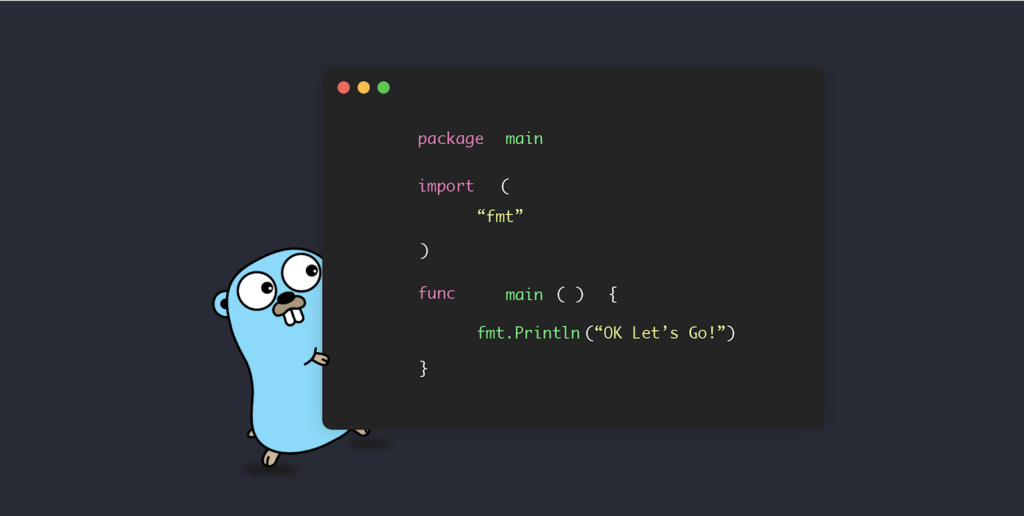Mastering Slices in Go: A Comprehensive Guide

Slices are a dynamic and versatile data structure in the Go programming language, often referred to as Golang. They provide a flexible way to work with collections of elements, making them a cornerstone of Go programming. In this blog, we’ll explore the world of slices in Go, covering their definition, creation, manipulation, internals, use cases, […]
Mastering Arrays in Go: A Comprehensive Guide

Arrays are a fundamental data structure in Go, providing a way to store and manipulate collections of elements of the same type. In this blog, we’ll explore the world of arrays in Go, covering their definition, initialization, manipulation, use cases, advantages, and best practices. Whether you’re new to Go or looking to deepen your understanding […]
Exploring Structs in Go: A Comprehensive Guide

Structs are a fundamental composite data type in the Go programming language, often referred to as Golang. They enable you to group together related data fields under a single custom data type. In this blog, we’ll delve into the world of structs in Go, covering their definition, initialization, methods, embedding, use cases, and best practices. […]
Pointers in Go: A Comprehensive Guide

Pointers are a powerful and fundamental concept in programming, and in Go (often referred to as Golang), they play a crucial role in managing memory and working with data. In this blog, we’ll explore the world of pointers in Go, covering their definition, usage, advantages, potential pitfalls, and best practices. Whether you’re new to Go […]
Defer in Go: A Practical Guide

Defer is a unique and powerful feature in the Go programming language. It allows you to schedule a function call to be executed just before the surrounding function returns. In this blog, we’ll dive deep into the world of defer in Go, exploring its syntax, use cases, potential pitfalls, and best practices. Whether you’re new […]
Demystifying Conditional Statements in Go: A Comprehensive Guide

Conditional statements are the backbone of decision-making in programming, and Go (often referred to as Golang) offers a robust set of tools for creating conditional logic. In this blog, we’ll delve into the world of conditional statements in Go, covering the various types of conditions, their syntax, use cases, and best practices. Whether you’re new […]
Mastering Loops in Go: A Comprehensive Guide

Loops are a fundamental building block of programming, and in Go (or Golang), they are no different. In this blog, we’ll explore the world of loops in Go, covering the various types of loops, their syntax, use cases, and best practices. Whether you’re new to Go or looking to sharpen your skills, this guide will […]
Constants in Go: A Definitive Guide

Constants are a fundamental concept in programming, and Go (often referred to as Golang) provides a robust system for declaring and using constants. In this blog, we will explore the world of constants in Go, covering their definition, usage, advantages, and best practices. Whether you’re new to Go or looking to deepen your understanding, this […]
The Power of Type Inference in Go: A Comprehensive Guide

Go, also known as Golang, is celebrated for its simplicity and clarity. One of the language’s standout features is its type inference system. In this blog, we will delve into the world of type inference in Go, exploring what it is, how it works, and why it’s a valuable tool for Go developers. What is […]
Mastering Type Conversions in Go: A Comprehensive Guide

Type conversions are a crucial aspect of programming, allowing you to change the data type of a value from one type to another. In Go, also known as Golang, type conversions are a common operation when working with different data types. In this blog, we’ll explore the ins and outs of type conversions in Go, […]